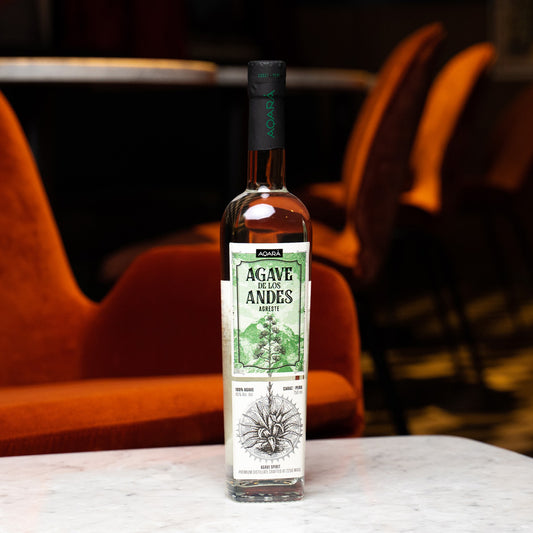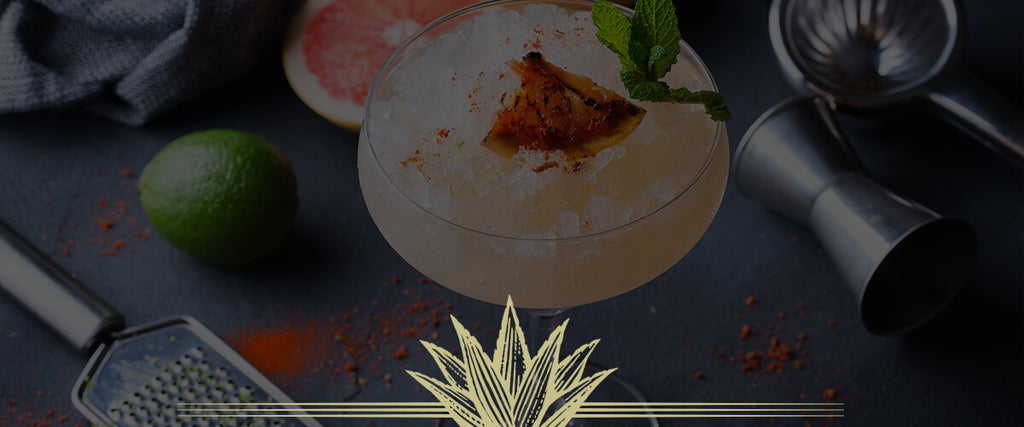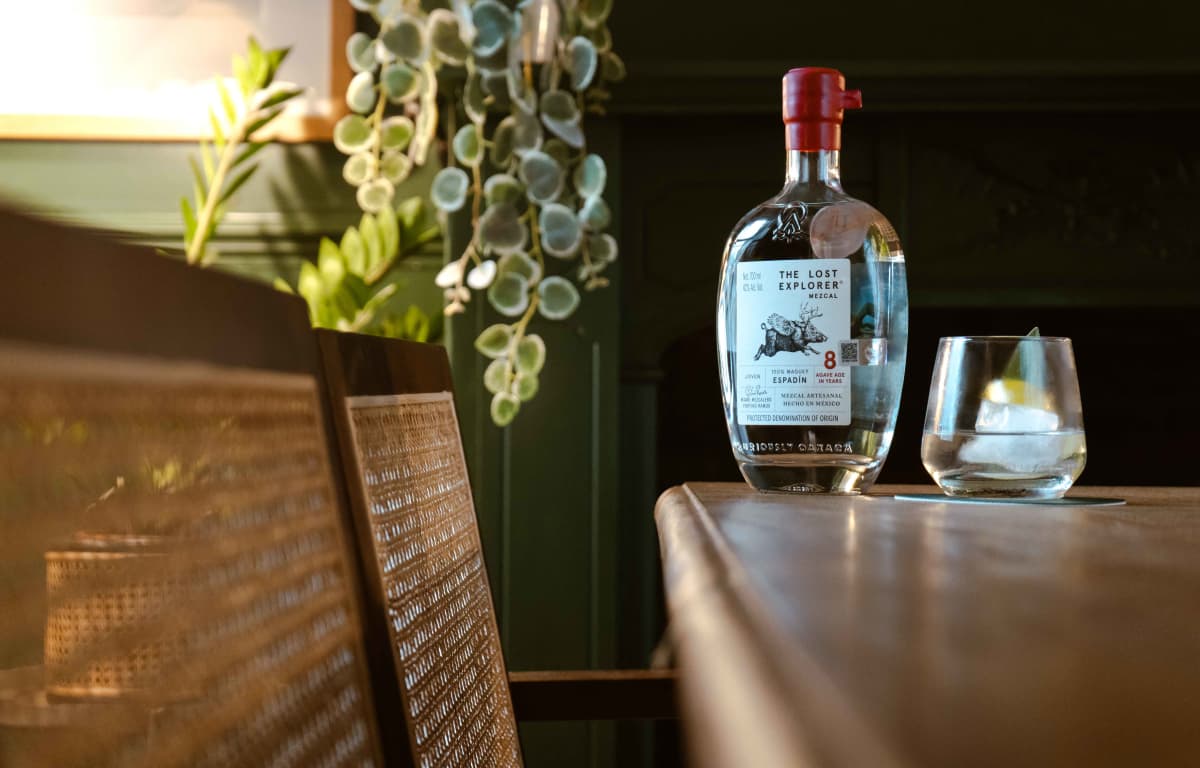Mezcal and Tequila are two iconic names that conjure up images of Mexico and celebratory shots. But beneath the surface lies a world of rich tradition and surprising diversity. In this exploration of agave spirits, we’ll delve into the unique characteristics of both Mezcal and Tequila, uncovering the secrets behind their production, flavor profiles, and the cultural significance they hold.
Introduction To Mezcal And Tequila
History And Origins Of Agave Spirits
Tequila and Mezcal, both originating from Mexico, hold a rich history deeply intertwined with the agave plant. Tequila has its roots in the town of Tequila, Jalisco, where the blue agave plant is primarily cultivated for its production. On the other hand, Mezcal has a broader geographical reach, being produced in various regions across Mexico, each imparting its unique terroir to the final spirit.
One key distinction lies in the type of agave used. Tequila is typically crafted from the blue agave plant (agave tequilana), while Mezcal can be made from a variety of agave species, such as Espadin, Tobala, or Tepeztate. This difference in agave varieties contributes significantly to the flavor profiles of the two spirits.
Production Process Of Mezcal And Tequila
The production processes of Mezcal and Tequila showcase the artistry and skill of generations of distillers. The table below highlights the key differences in the production methods of these agave spirits:
| Aspect | Tequila | Mezcal |
|---|---|---|
| Agave Selection | Blue Agave | Various agave species |
| Cooking Method | Typically steamed | Roasting in underground pits |
| Fermentation | Natural fermentation with cultivated yeast | Wild fermentation with native yeasts |
| Distillation | Generally double-distilled | Usually single-distilled |
| Aging | Often aged in oak barrels | It can be aged in various types of vessels |
Understanding the intricacies of how Tequila and Mezcal are crafted provides a deeper appreciation for the complexity and character that define these beloved spirits.
Mezcal: Mexico’s Unique Spirit
While both Mezcal and Tequila hail from Mexico, they each possess distinct characteristics that set them apart.
Tequila proudly boasts its origins in the town of Tequila, Jalisco, Mexico. Here, blue agave reigns supreme as the primary ingredient. In contrast, Mezcal enjoys a wider geographical reach across Mexico. This allows for the utilization of various agave species, including Espadin and Tobala. This fundamental difference in agave selection significantly impacts the final product’s flavor profile.
Mezcal’s diverse range of agave varieties translates to a fascinating array of flavors. Each type boasts its unique character. For example, Espadin is known for its earthy and vegetal notes, while Tobala offers a more floral and fruity essence. Tepeztate, on the other hand, presents a complex and smoky flavor profile. This variety in agave selection contributes to the depth and complexity of flavors found in different Mezcal expressions, catering to a broad spectrum of palates.
Both Mezcal and Tequila production processes are intricate, highlighting the generations of craftsmanship and expertise that go into creating these revered agave spirits. These traditional methods result in the unique and flavorful spirits we enjoy today.
Tequila: The Iconic Mexican Libation
Tequila, the iconic spirit of Mexico, boasts a unique production process compared to its smoky cousin, Mezcal. Unlike Mezcal, Tequila is primarily crafted in a specific region: the town of Tequila, Jalisco. This geographical limitation contributes to its distinct terroir, a term referring to the environmental influences that shape its flavor profile.
The magic of Tequila lies in its raw material: the blue agave plant. The aging process then takes center stage, creating diverse categories. Blanco (unaged) offers a fresh, agave-forward taste. Reposado (aged 2-12 months) takes on a smoother character. Añejo (aged 1-3 years) develops richer notes, while Extra Añejo (aged over three years) reaches the pinnacle of aged Tequila complexity.
This spectrum of aging durations translates into a delightful variety of flavors. Blanco Tequilas tantalize the palate with crisp citrus and herbal notes, perfect for those who appreciate the pure essence of agave. As we move up the aged ladder, Añejo expressions unveil a treasure trove of rich vanilla and caramel undertones, ideal for sipping and savoring.
The enjoyment of Tequila extends beyond solo exploration. Pairing it with complementary foods unlocks a new level of appreciation. Blanco Tequilas create a harmonious balance with light dishes like ceviche or grilled vegetables. Aged Tequilas, like Añejo, find perfect partners in mole sauce or decadent dark chocolate desserts.
Tequila’s versatility doesn’t stop there. It shines as a key ingredient in classic cocktails, from margaritas to palomas. Tequila elevates these drinks to new heights, offering a delightful fusion of flavor and fun.
Oaxaca: The Heart Of Mezcal Production
Oaxaca, the heart of southern Mexico, reigns supreme as the epicenter of Mezcal production. Here, vast agave fields boast a remarkable diversity, each variety lending its unique character to the final Mezcal. Explore the region’s palenques (distilleries) and uncover a rich tapestry of craftsmanship where generations have meticulously preserved this centuries-old tradition.
Beyond its exquisite taste, Oaxacan Mezcal holds profound cultural significance. It embodies the region’s heritage, the artistry of its mezcaleros (producers), and the unique terroir that shapes its character. Revered by locals and celebrated globally, Oaxacan Mezcal seamlessly blends tradition with innovation, offering a spectrum of flavor profiles and production methods. Each sip tells a story, weaving a narrative of history and mastery passed down through generations.
This exploration delves into the heart of Oaxaca’s rich Mezcal tradition. We’ve unveiled the diverse agave varieties, the intricate techniques of the mezcaleros, and the deep cultural significance this revered spirit holds within the vibrant tapestry of Oaxacan heritage.
Jalisco: The Land Of Tequila
Jalisco, Mexico, basking along the Pacific coast, is undeniably the heartland of Tequila. Its story stretches back to the early 1600s when Don Pedro Sanchez de Tagle revolutionized distillation techniques. This birthed Tequila, a distinguished spirit within the broader Mezcal family.
The key to authentic Tequila lies in the blue agave plant, which flourishes abundantly in Jalisco’s picturesque landscapes. Exploring Jalisco’s agave spirits unveils a rich heritage deeply intertwined with the art of Tequila production.
Throughout the region, you’ll find countless blue agave farms and Tequila distilleries. Here, time-tested practices are meticulously followed. Using techniques honed over centuries, Jalisco’s distilleries craft Tequila with dedication. Each bottle embodies the essence of the land and generations of accumulated expertise. As Mexico’s tequila industry flourishes, Jalisco remains a beacon of tradition and excellence, setting the standard for Tequila production.
Mezcal And Tequila Cocktails: Mixing Tradition And Innovation
Jalisco, known for its rich tequila heritage, also embraces the unique flavors of mezcal in its cocktail culture. From classic Mezcal Mules to innovative creations like the Naked and Famous, mezcal cocktails offer a smoky twist to traditional recipes. With over 60 recipes to explore, mezcal enthusiasts can savor the diverse and bold flavors of this agave spirit in every sip.
Tequila, synonymous with celebrations and gatherings, shines in Jalisco’s timeless cocktail repertoire. From the zesty Oaxaca Old-Fashioned to refreshing Highballs, tequila cocktails cater to a myriad of tastes. With a nod to tradition and a flair for innovation, these classic tequila drinks showcase the versatility and dynamic character of Mexico’s beloved spirit.
Mezcal And Tequila Tourism: Visiting Distilleries And Agave Fields
Mexico’s agave spirits, tequila, and mezcal, hold a deep place in the country’s culture. And for curious travelers, a journey into the heart of this tradition awaits.
Tasting tours offer a captivating glimpse into the world of these iconic spirits. In Jalisco, the undisputed tequila capital distillery visits shed light on both time-tested methods and groundbreaking new techniques. Witness the magic unfold as blue agave is transformed into the fiery spirit we know and love.
Oaxaca, with its rustic beauty, presents a more personal encounter with mezcal production. Immerse yourself in the authentic processes passed down through generations, where skilled artisans craft this smoky spirit using traditional methods.
The agave spirit industry recognizes the importance of preserving the environment that sustains these beloved beverages. Distilleries across both Jalisco and Oaxaca are embracing sustainability initiatives. From water conservation to responsible waste management, these practices ensure a minimal ecological footprint. Additionally, promoting ethical sourcing of agave and responsible tourism helps protect the natural resources that are the lifeblood of these spirits.
By embarking on a tasting tour, you’re not just savoring a delicious drink; you’re experiencing a rich cultural heritage and contributing to a sustainable future for Mexico’s agave spirits.
Mezcal And Tequila Pairing With Mexican Cuisine
When it comes to pairing agave spirits with Mexican cuisine, understanding the distinct flavor profiles of mezcal and tequila is essential. Tequila, known for its crisp and clean taste, complements lighter dishes such as ceviche or grilled fish. On the other hand, mezcal offers a smoky and robust flavor that pairs well with bold flavors of slow-cooked meats like barbacoa or mole. By savoring the unique aromas and tastes of each spirit, one can enhance their dining experience by creating harmonious flavor combinations.
| Agave Spirit | Recommended Mexican Dish Pairings |
|---|---|
| Tequila | Ceviche, Grilled Fish Tacos, Shrimp Tostadas |
| Mezcal | Barbacoa, Mole, Carnitas Tacos |
FAQ About Mezcal And Tequila: Exploring The Agave Spirits
Q: What is the main difference between Mezcal and Tequila?
A: The main difference lies in the production process. Mezcal can be made from various agave plants, while Tequila is specifically made from blue agave. Additionally, Mezcal is typically smokier in flavor due to the underground pit roasting process.
Q: How should Mezcal and Tequila be enjoyed?
A: Mezcal is often sipped neat to fully appreciate its complex flavors, while Tequila is commonly used in cocktails like Margaritas and Tequila Sunrises. However, both spirits can be enjoyed in a variety of ways based on personal preference.
Q: Are Mezcal and Tequila gluten-free?
A: Yes, both Mezcal and Tequila are gluten-free as they are distilled from agave plants, not grains.
Q: What regions in Mexico are known for producing Mezcal and Tequila?
A: Mezcal is primarily produced in Oaxaca, while Tequila is mainly produced in the state of Jalisco. However, both spirits have gained popularity worldwide, leading to production in other regions as well.
Q: Are Mezcal and Tequila considered premium spirits?
A: Yes, both Mezcal and Tequila can be considered premium spirits, especially when they are made using traditional artisanal methods and high-quality ingredients. The market also offers various premium brands within both categories.
Q: Can Mezcal and Tequila be used as cooking ingredients?
A: Yes, both Mezcal and Tequila can be used in cooking to add unique flavors to dishes. Mezcal’s smoky notes can enhance marinades and sauces, while Tequila is often used in desserts or as a marinade for meats.



